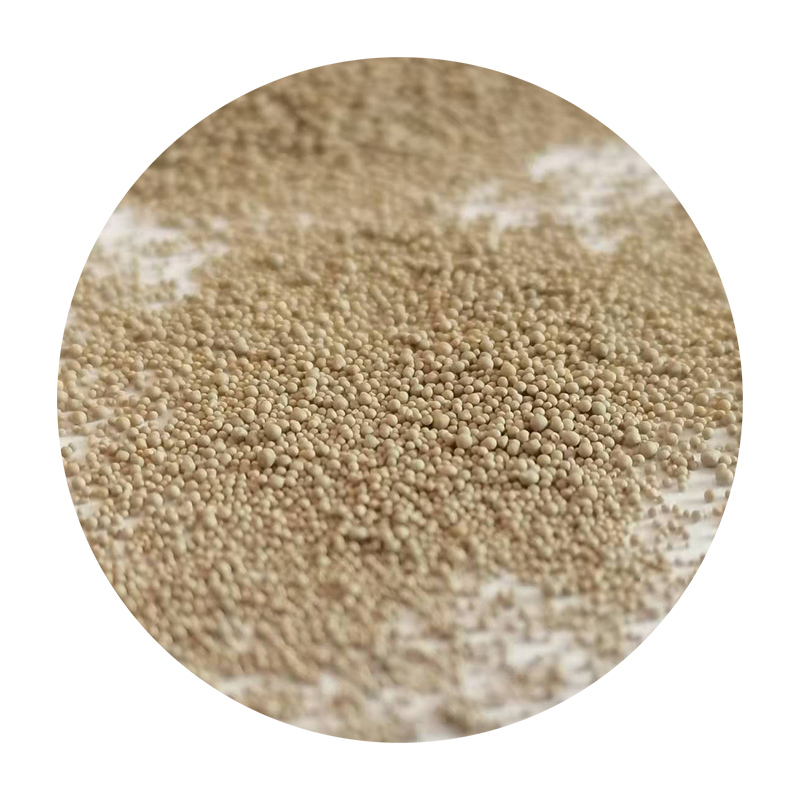Exploring the World of Sand 3D Printing A Revolution in Manufacturing
In recent years, the rapid evolution of technology has led to significant advancements in various fields, and one of the most intriguing innovations is the application of 3D printing in the construction and manufacturing industries. Among the various materials utilized in 3D printing, sand has emerged as a particularly versatile option. Sand 3D printing presents a unique set of advantages and opportunities that are revolutionizing how we think about production, design, and sustainability.
The Science Behind Sand 3D Printing
At its core, sand 3D printing involves using a binder material to precipitate layers of sand, creating intricate three-dimensional structures. The process typically begins with a digital model designed using computer-aided design (CAD) software. This model is sliced into layers, and specialized printers then selectively deposit the binder onto the sand, solidifying specific areas while leaving others unbound. As layers build upon one another, a final product emerges that can be remarkably detailed and precise.
Advantages of Sand 3D Printing
One of the most significant advantages of sand 3D printing is its sustainability. Traditional manufacturing methods often involve substantial waste, as excess materials are discarded or lost during processes such as machining or casting. In contrast, sand 3D printing is inherently more efficient. Virtually all the sand used in the printing process can be recycled and reused multiple times, minimizing environmental impact.
Additionally, sand is an abundant natural resource, making it a cost-effective material for production. Unlike plastics or metals which may require extensive energy-intensive processes to extract and produce, sand is readily available and can be sourced locally, thus reducing transportation costs and carbon emissions.
Applications in Architecture and Design
sand 3d

The architectural potential of sand 3D printing is immense. Architects and designers can create complex shapes and forms that traditional construction methods may struggle to replicate. This technology allows for greater design freedom, enabling the realization of ambitious projects with intricate details, such as customized facades, unique structures, and elaborate sculptures.
One can find examples of sand 3D printing being used in both residential and commercial applications. Some architects are even experimenting with using sand as a primary material for constructing entire buildings. This innovative approach not only enhances the aesthetic appeal of a structure but also promotes energy efficiency and sustainable building practices.
Challenges and Considerations
Despite its many advantages, sand 3D printing is not without challenges. The technology is still developing, and there are various factors to consider when implementing it on a large scale. For instance, the current speed of 3D printing may not meet the demands of larger construction projects, and additional research is needed to enhance the strength and durability of sand-printed structures.
Moreover, the material composition of the sand itself plays a crucial role in the printing process. Variations in grain size and composition can significantly affect the final product's integrity and quality. Therefore, ensuring a consistent and suitable sand supply is vital for the successful implementation of this technology.
The Future of Sand 3D Printing
As research continues and technology advances, the future of sand 3D printing looks promising. Innovations in binding agents, printing speeds, and post-processing techniques will likely address many existing challenges, leading to broader applications in construction and beyond. The potential for customization, coupled with sustainable practices, positions sand 3D printing as a frontrunner in the landscape of modern manufacturing.
In conclusion, sand 3D printing is unlocking new possibilities in the realms of architecture, manufacturing, and sustainability. By harnessing the power of this innovative technology, we can create a future where design is limited only by imagination, and environmental impacts are minimized. As society moves toward adopting more sustainable practices, sand 3D printing might play a pivotal role in shaping the industry, offering a blend of creativity, efficiency, and environmental consciousness.
Post time:ጥቅም . 22, 2024 15:00
Next:foundry sands
